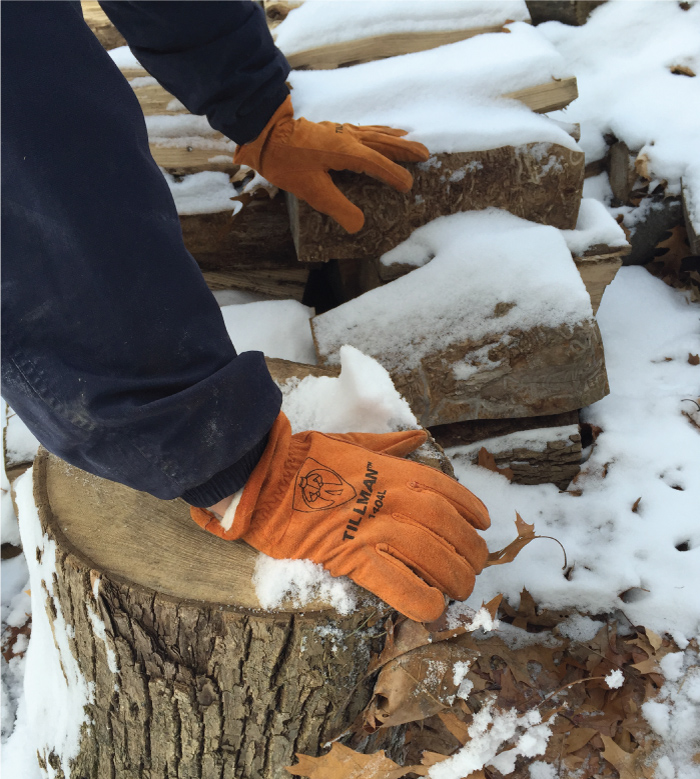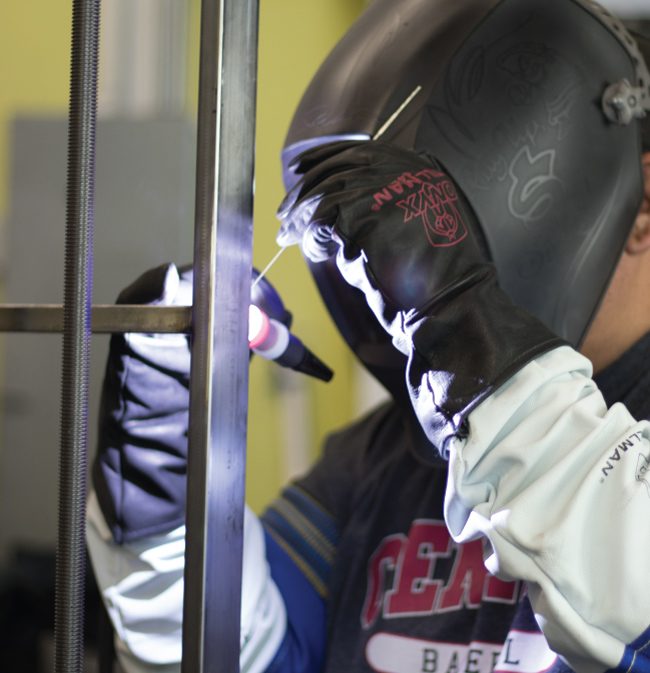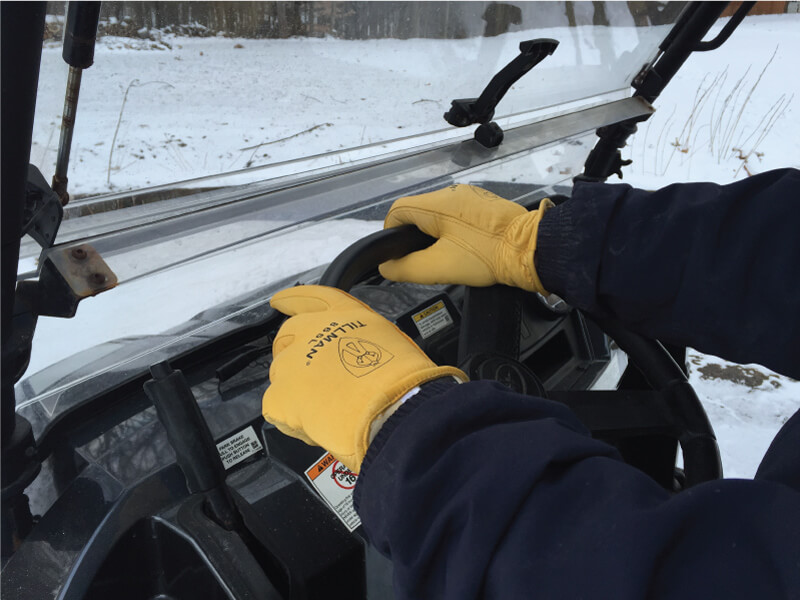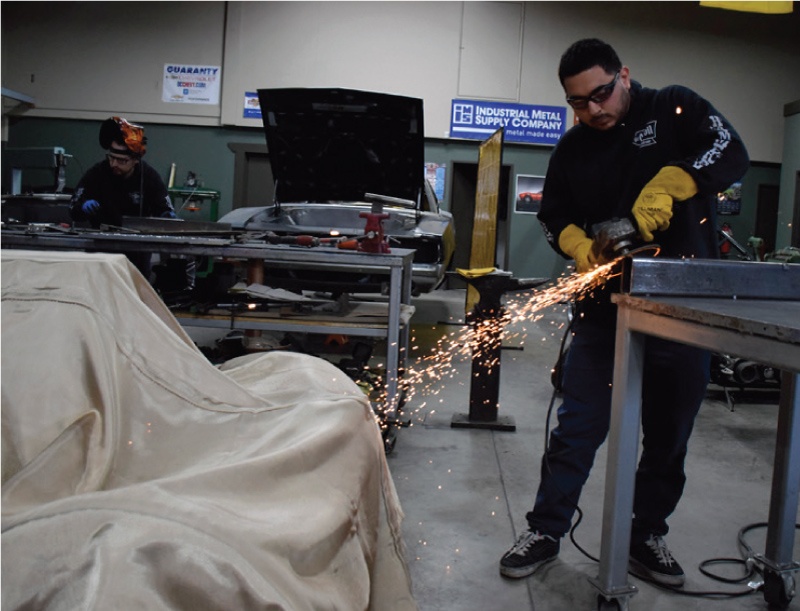Tips to Choose the Right Tillman® Winter Gloves
Let’s face it… Winter is here and is not going away soon. You might have the best insulated boots and the warmest jacket but what about your hands? Your hands are your tools. They literally do the heavy lifting for you.
When working outside in the cold and wet, you’re going to be at risk for frostbite or hypothermia and just being cold. So, you need to make sure you have the right pairs of gloves that will provide the warmth and dexterity you need to work in comfort.
Here are a few tips to help you find the perfect Tillman® Winter Gloves.
Keep Dry
There is nothing worse than cold, wet hands. One of the primary functions of a winter glove is to keep your hands dry. Wet gloves will ruin your day and your mood. Once moisture breaks through the barrier of the glove, your hands get cold and then your body temperature will start to drop. This is the first step to frostbite or hypothermia.
You want to look for a glove with either a water proof lining of a water proofing material that has been impregnated into the outer material. Tillman’s new 1403 Goatskin Winter Glove offers our WaterShield™ waterproof coating to help keep hands dry. Or, use the Tillman’s 1568 Cowhide Split with a waterproof lining to keep hands dry.
Insulation Dry
Along with keeping hands dry, winter gloves need to keep your hands warm. There are different forms of insulation used in gloves that have a major impact on warmth.
If you’re looking for a glove with outstanding resistance to extreme cold, look at a glove with 100-Gram Thinsulate™ lining like the Tillman® Deerskin 865, The Tillman® Pigskin 1419 or the Tillman® Goatskin 1403. But if you suspect you need more dexterity, the Fleece lined Goatskin 1438 or the 40-Gram Thinsulate™ lined 1485 Tillman® TrueFit® glove might be better suited for you and your application.
Here are a few insulative materials Tillman® offers and their differences.
Fleece – Perhaps the most common, this is a lightweight option that is warmer than cotton/foam linings and still less bulky than other insulations.
Cotton Foam – Is a lightweight, economical option but it won’t provide the most warmth.
Pile – A thicker heavyweight synthetic wool material that is warm and a good value.
Thinsulate™ – A breathable and moisture-resistant insulator. Thinsulate™ is extremely effective at trapping air and keeping hands warm while allowing moisture to escape.
Dexterity
Keeping your hands warm while working is important; keeping your hands working while keeping them warm is equally important. We don’t need to tell you how important dexterity is, yet the thickness of the insulation has a direct impact on your dexterity and your hand movements. How demanding is the work, what is the temperature and what level of dexterity is important.
Swinging a hammer at 10° F, 100-gram Thinsulate™ might work well so the Tillman® 1590 with Performance Pigskin, the Tillman® 865 Top Grain Deerskin or the Tillman® 1567 Pigskin work glove might be the choice for you.
In the end, as you may guess, you may trade off a little warmth for more dexterity.
The Best Fit
The best fitting glove will, well, as the expression goes, will fit like a glove. With your hands being the primary connection between you and your tools, the proper fit is essential. Never settle for a poor fitting glove. Here are a few tips to find gloves that fit, keep you protected, warm and focused on the job.
Fine motor skills at 10° F 40-gram Thinsulate™ might work well so the Tillman® 1485 TrueFit® with top grain Pigskin, the Tillman® 1495 TrueFit® with Top Grain Goatskin or the Tillman® 1468 with synthetic leather could be the choice for you.
A winter glove should fit snugly without feeling restrictive or tight or cutting off circulation. Gloves should allow good movement, and have enough give to operate tools or equipment. If a glove is too tight it will compress the insulation and will not be able to properly trap warm air resulting in cold hands, so go up a size.
Your fingers should not be touching the ends of the glove; neither should glove fingers be too long. There should be a little room between your fingers and the end of the glove to trap warm air in the insulation.
To sum it all up, Tillman® has a wide selection of winter gloves to keep your hands warm and comfortable from winter’s cold weather keeping jack frost from nipping at your fingers.
Don’t just settle for the first pair of gloves you see on the shelf, know what you are looking for.






